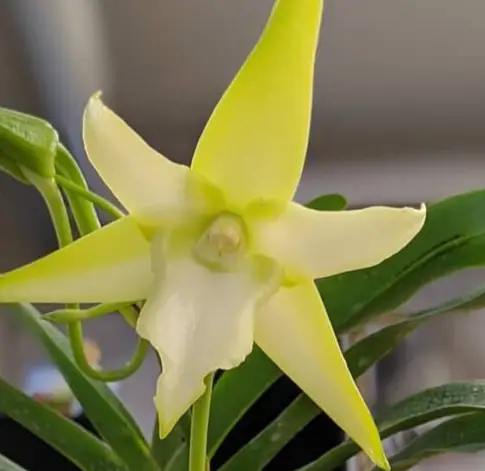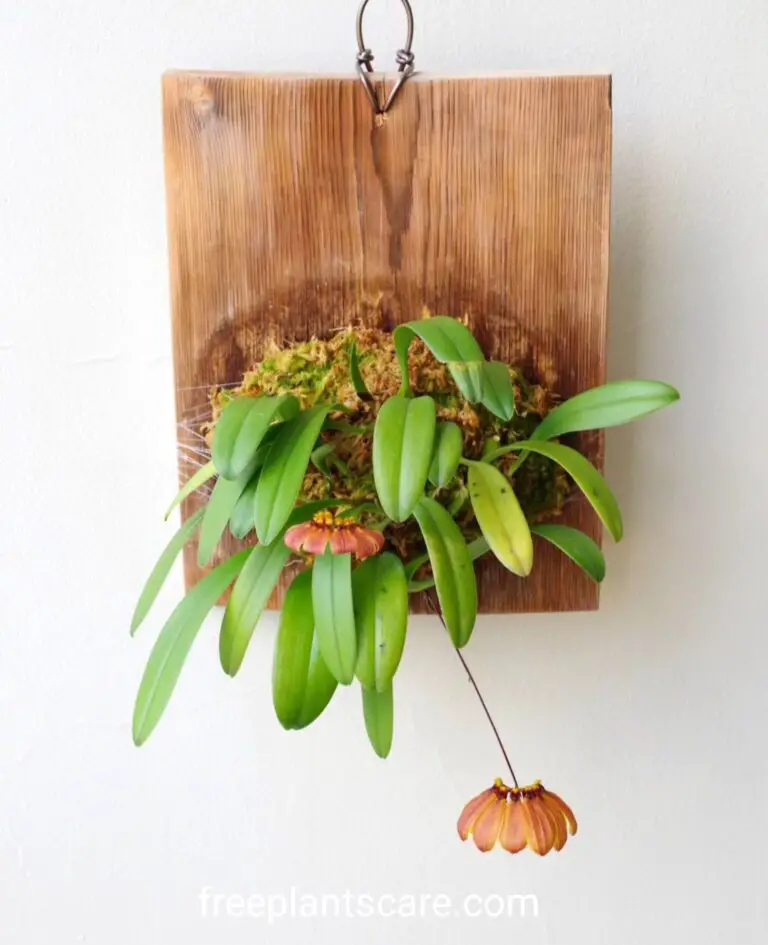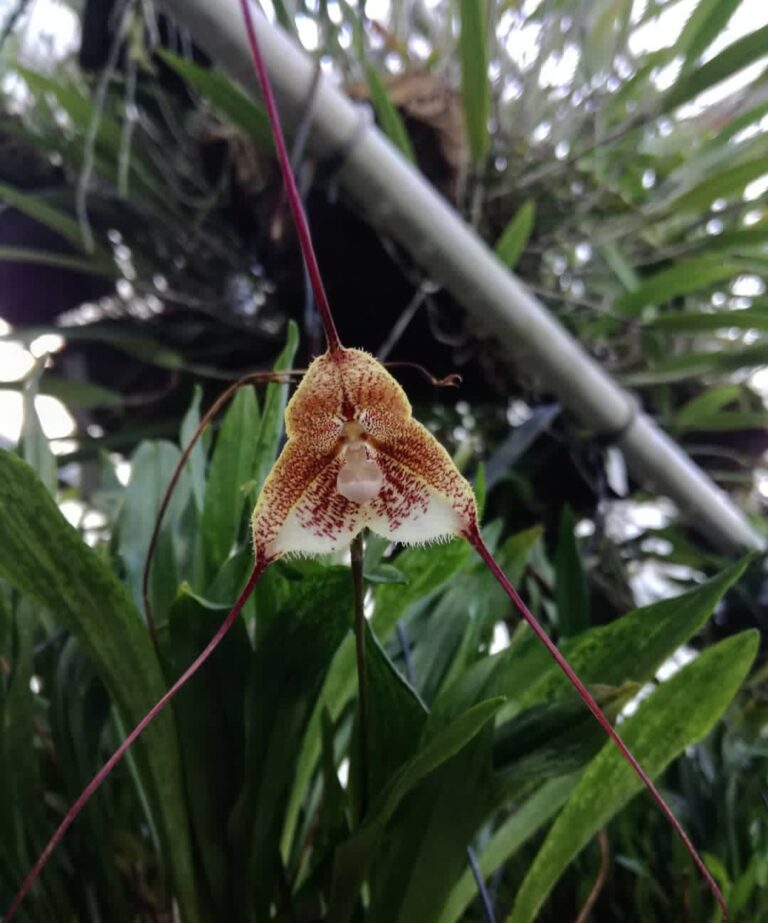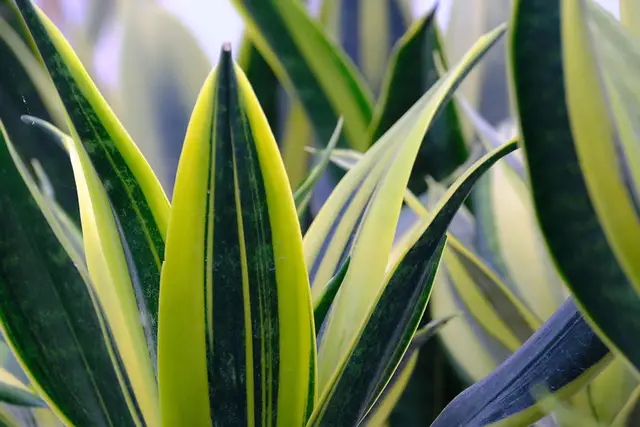Orchids are among the most stunning and exotic flowering plants, captivating plant lovers with their intricate blooms and vibrant colors. However, getting them to rebloom after their first flowering can be a frustrating challenge. Many orchid owners find themselves with a plant that produces healthy leaves and roots but refuses to flower again. Fortunately, with the right care, patience, and understanding of their needs, you can encourage your orchids to rebloom year after year. This comprehensive guide reveals the top secrets for successfully reblooming orchids, helping you enjoy their breathtaking flowers multiple times.

1. Understand Your Orchid’s Bloom Cycle
Orchids follow unique bloom cycles that vary by species. Some orchids, such as Phalaenopsis, can rebloom multiple times a year, while others, like Cattleyas and Dendrobiums, have seasonal flowering habits. Knowing your orchid’s natural growth and bloom pattern is crucial for providing the right care at the right time.
To track its bloom cycle, observe its growth stages and keep a journal. Document when it produces new leaves, roots, and spikes. This will help you anticipate when it might bloom and allow you to make necessary adjustments in care. By aligning your care routine with your orchid’s natural cycle, you increase the chances of seeing it rebloom consistently.
Tip: If your orchid hasn’t bloomed for more than a year, reassess its light, temperature, and overall care to identify potential issues.

2. Provide Proper Light Conditions
Light is one of the most crucial factors influencing reblooming orchids. If an orchid does not receive enough light, it will prioritize leaf growth over flower production. Placing your orchid near an east-facing window ensures it gets bright, indirect sunlight. If natural light is insufficient, especially in winter, supplement it with grow lights to maintain optimal conditions.
You can tell if your orchid is receiving the right amount of light by looking at its leaves. Dark green leaves indicate insufficient light, while yellowish or reddish leaves suggest excessive light exposure. Adjust its placement accordingly to strike a balance.
Tip: Use sheer curtains to filter strong sunlight and prevent leaf scorching while ensuring adequate light exposure.
3. Maintain Optimal Temperature Fluctuations
Temperature plays a vital role in triggering reblooming orchids. Most orchids, especially Phalaenopsis, require a temperature drop of about 10°F (5°C) at night to initiate flower spike development. Without this fluctuation, orchids may continue growing leaves but fail to rebloom.
To encourage flowering, place your orchid in a slightly cooler room at night, particularly during fall. If you live in a warm climate, you can move it to a shaded outdoor area where nighttime temperatures naturally drop.
Tip: Avoid placing orchids near heat sources like radiators or vents, as constant warm temperatures may inhibit reblooming.
4. Follow the Right Watering Schedule
Overwatering and underwatering are common issues that prevent reblooming orchids. Orchids require a balance, where their roots stay moist but not soggy. The best practice is to water once a week, allowing the potting medium to dry slightly between watering sessions.
Use room-temperature water and always water in the morning to ensure that excess moisture evaporates by evening. This helps prevent root rot, a common problem that can damage the plant and hinder flowering.
Tip: If unsure when to water, check the roots. Healthy roots appear green when hydrated and silvery-white when dry, indicating it’s time to water.
5. Use the Right Fertilizer
Fertilization is essential for reblooming orchids. During the active growing season, use a balanced fertilizer (20-20-20) every two weeks. Before the expected bloom period, switch to a bloom booster fertilizer that is high in phosphorus to encourage flower spike formation.
Don’t fertilise too much because too many nutrients can cause too much foliage growth at the price of flowers.Always dilute the fertilizer to half-strength to prevent salt buildup in the potting medium.
Tip: Flush the potting medium with plain water once a month to remove any fertilizer buildup that may hinder root absorption.
6. Choose the Right Potting Medium
Orchids do not thrive in regular soil; they require a well-draining potting mix to allow proper airflow to their roots. A mix of bark, sphagnum moss, perlite, and charcoal works best, depending on the type of orchid.
If your orchid has been in the same pot for years and refuses to rebloom, the medium may have broken down, leading to poor drainage and lack of nutrients. Repotting every 1-2 years ensures healthy root growth and better blooming potential.
Tip: Choose a clear plastic pot with drainage holes to monitor root health and moisture levels easily.
7. Prune and Trim After Blooming
After the flowers fade, pruning is essential to encourage reblooming orchids. For Phalaenopsis, cutting the flower spike just above a healthy node may result in secondary spikes. Other orchids, such as Cattleyas and Oncidiums, require the spike to be cut at the base to allow new growth.
Use sterilized scissors or shears to prevent bacterial infections when trimming.
Tip: If unsure where to cut, observe if the spike turns yellow. If it does, trim it entirely; if it remains green, cut just above a node.
8. Ensure Proper Humidity Levels
Orchids require humidity levels between 50-70% to thrive and rebloom. If the air is too dry, buds may fail to open or drop prematurely. Using a humidity tray, room humidifier, or grouping plants together can help maintain proper humidity levels.
Tip: Regularly misting your orchid with distilled water can provide additional moisture, but avoid excessive misting that could lead to fungal issues.
9. Give Orchids a Dormant Rest Period
Some orchids, such as Cymbidiums and Oncidiums, need a rest period to trigger reblooming. During this phase, reduce watering and fertilization while keeping the plant in a slightly cooler environment. Once new growth appears, resume regular care.
Tip: If your orchid’s leaves remain static for months without new growth, it might be in dormancy. Be patient and adjust its care accordingly.
10. Watch for Pests and Diseasles
Pests like spider mites, aphids, and scale insects can weaken orchids, preventing reblooming. Fungal and bacterial infections also inhibit flower production.
Regularly check your plant and use insecticidal soap or neem oil to treat pests.. If root rot is present, trim infected roots and repot in fresh medium.
Tip: Quarantine new orchids before introducing them to your collection to prevent the spread of pests and diseases.
Timetable for Encouraging Reblooming Orchids
| Time of Year | Orchid Care Focus |
|---|---|
| Winter | Reduce watering and fertilization (rest period) |
| Early Spring | Increase light exposure, fertilization, and watering |
| Late Spring | Monitor for new spikes, adjust temperature for blooming |
| Summer | Maintain humidity and stable temperatures |
| Fall | Introduce cooler nights to trigger blooming |
Reblooming orchids require patience, consistency, and the right care techniques. By following these secrets, you can create the ideal conditions to enjoy their breathtaking flowers year after year. Stay attentive to your orchid’s needs, make necessary adjustments, and soon, you’ll master the art of reblooming orchids successfully!
FAQs on Reblooming Orchids
Why are my reblooming orchids not producing flowers?
Reblooming orchids need the right balance of light, water, and nutrients. If your reblooming orchids are not flowering, check for improper light exposure, over-fertilization, or temperature fluctuations.
How long does it take for reblooming orchids to flower again?
The time for reblooming orchids to produce flowers varies by species. Some reblooming orchids take a few months, while others may need a year of proper care.
What is the best fertilizer for reblooming orchids?
For reblooming orchids, use a balanced orchid fertilizer (such as 20-20-20) or a bloom booster with higher phosphorus content to encourage flower spikes.
Can reblooming orchids flower multiple times a year?
Yes, some reblooming orchids, like Phalaenopsis and Dendrobiums, can bloom multiple times yearly if given ideal conditions.
How do I trim reblooming orchids after flowering?
Trimming reblooming orchids depends on the type. For Phalaenopsis, cut above a node on the flower spike. For other reblooming orchids, remove the entire spike after it turns brown.
Do reblooming orchids need special light conditions?
Yes, reblooming orchids require bright, indirect light. Insufficient light is a common reason reblooming orchids fail to flower.
How often should I water reblooming orchids?
Watering reblooming orchids depends on humidity and potting medium. Generally, water when the roots turn silver or the medium feels dry
What temperature is ideal for reblooming orchids?
Reblooming orchids thrive in temperatures between 65–75°F (18–24°C) during the day, with a slight drop at night to trigger blooming
Should reblooming orchids be repotted after flowering
Repot reblooming orchids every 1–2 years or when the potting medium breaks down to ensure healthy root growth.
Can reblooming orchids grow in water?
Some reblooming orchids, like Phalaenopsis, can adapt to water culture, but they generally prefer a well-draining orchid mix
How do I encourage spikes on reblooming orchids?
To encourage spikes on reblooming orchids, reduce nighttime temperatures slightly and provide consistent care.







